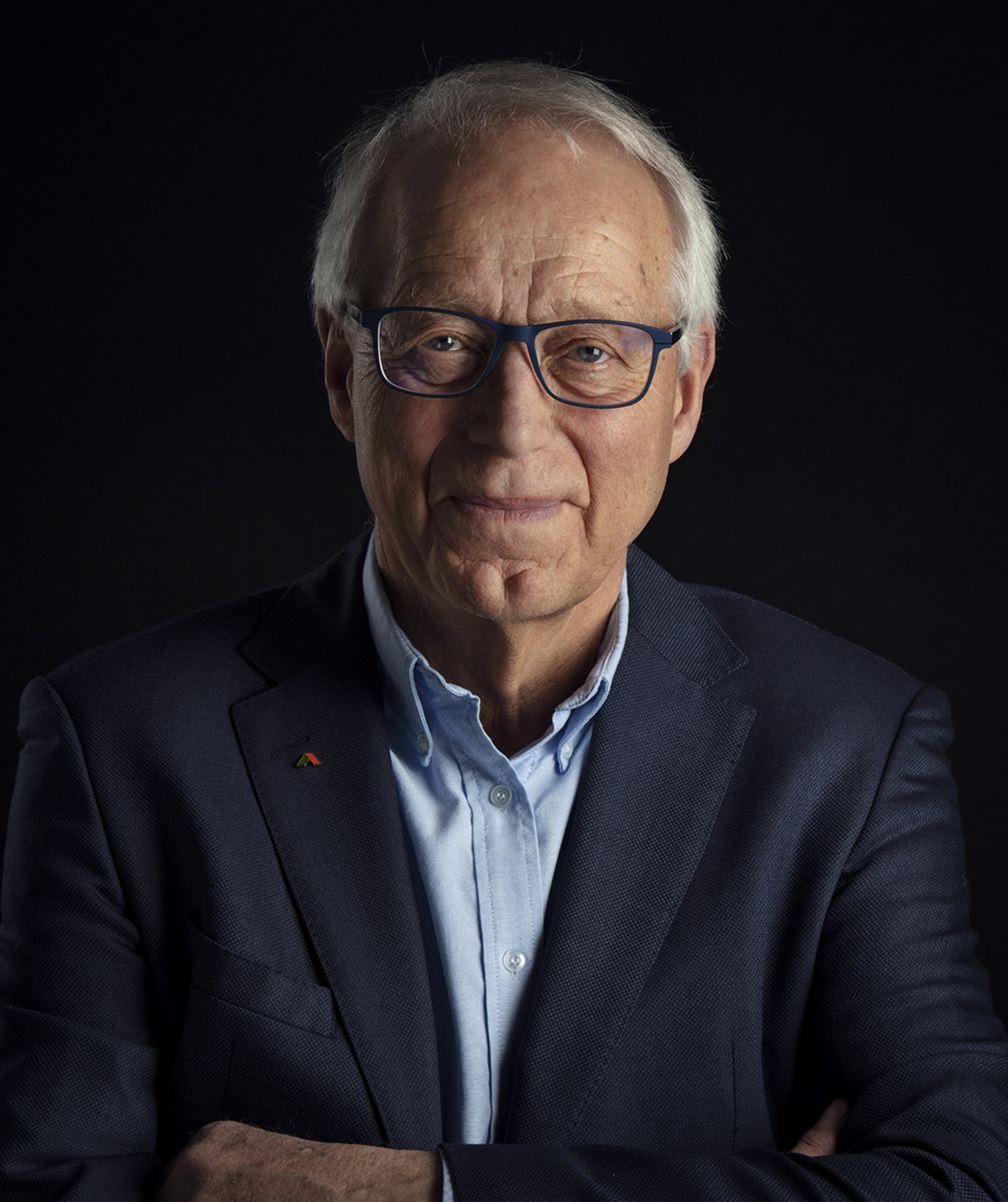Klaus H. Ostenfeld receives international honours for his lifelong work with large constructions
The prestigious International Award of Merit in Structural Engineering 2024 goes to 'Denmark's bridge builder', Professor of Engineering Klaus H. Ostenfeld.

The International Association for Bridge and Structural Engineering (IABSE) has awarded the International Award of Merit in Structural Engineering 2024 to Professor of Engineering Klaus H. Ostenfeld from the Department of Civil and Architectural Engineering at Aarhus University.
The prestigious award recognises outstanding contributions in structural engineering and their impact on society.
"Klaus H. Ostenfeld has a stellar professional career with a wide range of high-profile and challenging construction projects worldwide. He has remarkable experience in advanced and innovative bridge engineering for iconic and outstanding fixed link projects, aerodynamics of bridges as well as design of other civil engineering structures. He set a remarkable example in engineering, leadership and management, and inspired many young engineers," says the IABSE about the award.
Well-rounded engineers
Klaus H. Ostenfeld has left his mark on the Danish bridge landscape more than anyone else.
Throughout his long career, large structures and bridges have been his particular focus. He graduated with an MSc in Engineering from the Technical University of Denmark in January 1966 and has since worked in companies in the USA and France, and for over 40 years at the Danish consulting engineering company COWI, including eight years as President and CEO responsible for the firm’s strategic development as a leading international consulting group in many disciplines.
In 2021, he was appointed as honorary professor at Aarhus University and in 2024 he was employed as Professor of Engineering. He himself considers it a great responsibility to pass on his knowledge by teaching younger generations of engineers, who now and in the future are to go out into the world and do things in new ways.
"Construction is facing a major and challenging green transition, and it is the engineers of the future who will have to help create the solutions we need to meet the challenging UN goals. If, with the knowledge I’ve gathered over the last almost 60 years, I can contribute to creating well-rounded competent engineers with a big ‘E’ at our universities, then that’s something I really want to do," he says.
World records
Klaus H. Ostenfeld started building bridges as a very young and inexperienced engineer, and he was involved in the design and construction of the Little Belt Bridge because of his interest in aerodynamics as an active glider pilot. Since then he has been involved in a multitude of large projects.
Among other things, he was the project manager for the Farøbroerne between the islands of Zealand and Farø, and project director for the Great Belt Bridge, which set a new world record for suspension bridges with a span of 1,624 meters. He was the project director for the East Tunnel for the railway and on for the West Bridge. He was also the project director for the Øresund Link between Denmark and Sweden, with a railway-loaded cable-stayed bridge spanning 490 metres, as well as the Normandy Bridge in France, which set a new world record for a cable-stayed bridge at 856 metres.
Furthermore, he also worked on large pre-stressed structures for the Olympic Games in Montreal 1976 comprising several unique innovative design- and construction methods and was a project engineer for various modern pre-stressed bridges, including in Washington State and in Arizona and a large number of motorway bridges in Denmark and Finland.
"I've always been fascinated by bridges. Simply standing and looking at them: observing their majestic presence. They don’t do anything in themselves – they’re just there, towering up in the landscape and allowing people to get from A to B. But bridges are always a special experience. They’re milestones on a journey – something you're waiting for, whether you're travelling in a train or by car. I've always thought so, and that’s probably what made me become an engineer. That and the opportunities the job offers to make a visible difference, also internationally. If young people today only knew about the huge world of opportunities that opens up when you decide to become an engineer, they’d never have any doubts about their choice of study," said Klaus H. Ostenfeld when he received his honorary professorship.
Ostenfeld has previously received several honours such as G.A. Hagemann's Gold Medal from DTU in 2004 for his work in disseminating Danish construction techniques worldwide, the Trophée Eugène Freyssinet Grand Prix award in 2014, and the Prix Albert Caquot prize from AFGC (L'Association Française de Génie Civil) in 2021. He also received an honorary membership of the IABSE in 2002 and he is a past president of the association.
Klaus H. Ostenfeld is 81 years old and lives in Birkerød. Besides his professorship, he is also an active consultant and sits on a variety of boards.
The International Award of Merit in Structural Engineering 2024 will be conferred to Klaus H. Ostenfeld at the IABSE awards event in Zurich, Switzerland on 12 November.
Contact
Jesper Bruun
Journalist, Aarhus University
Tel. +4542404140
Mail: bruun@au.dk
